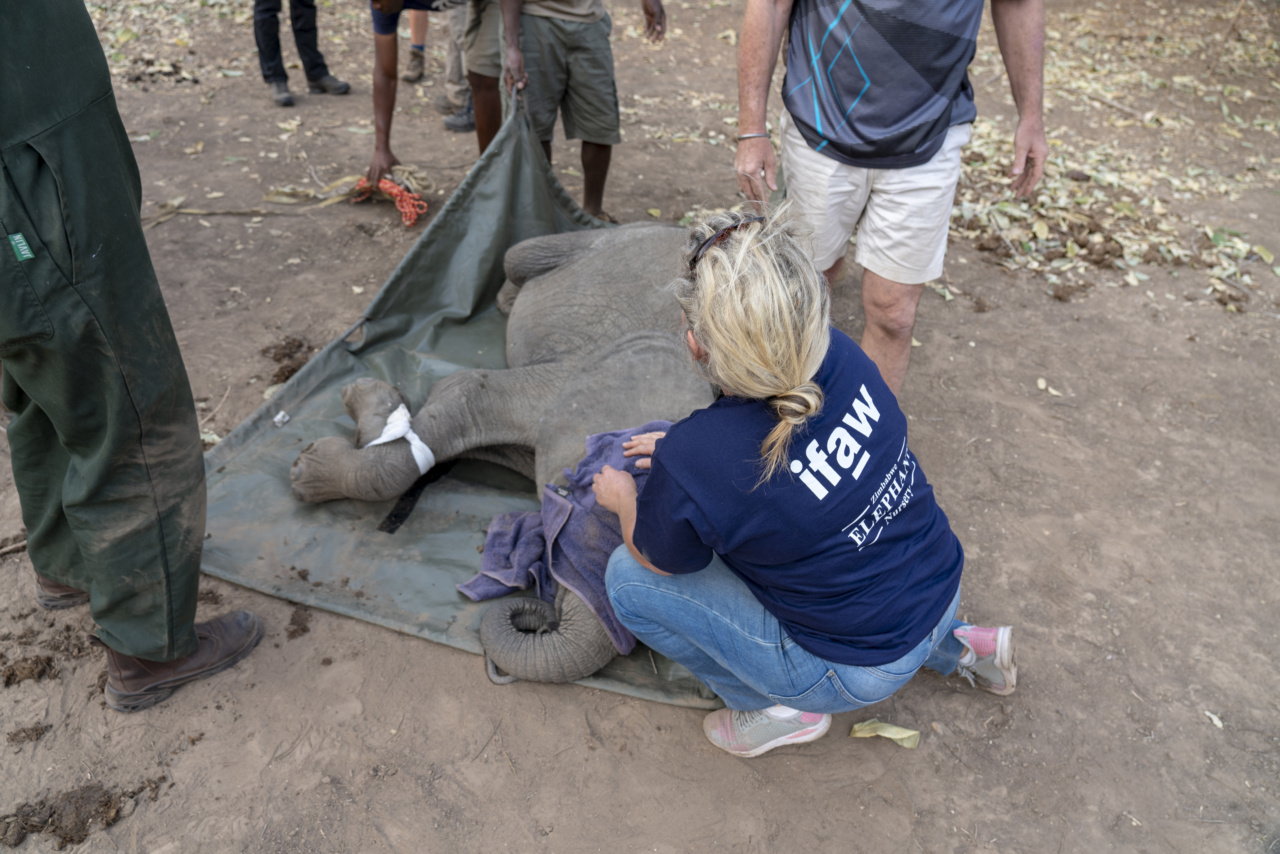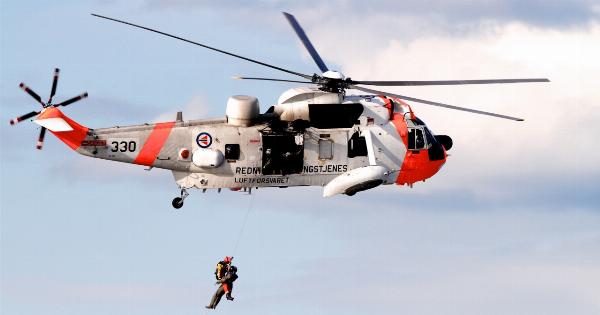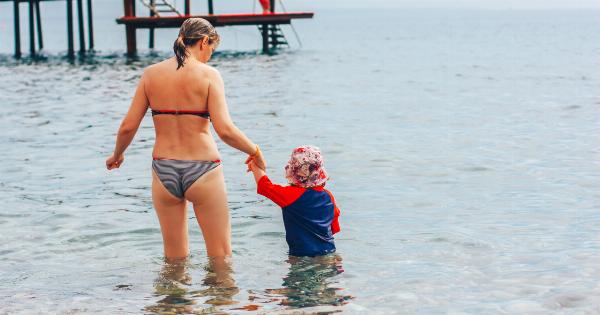Accidental drowning can be a terrifying experience, especially when it involves a baby. Every second counts in such situations, and it is crucial to act quickly and responsibly to save a life.
Knowing what steps to take to rescue a drowning baby can make all the difference. In this article, we will explore some quick tips on how to rescue a drowning baby.
1. Stay Calm and Assess the Situation
When you witness a baby drowning, it’s essential to remain calm and composed. Panicking will only hinder your ability to respond effectively. Assess the situation as quickly as possible to determine the best course of action.
2. Shout for Help
Immediately call for help, alerting people nearby that a baby is drowning. The more people you have assisting in the rescue, the better.
3. Reach or Throw, But Don’t Go
In cases of drowning, it is vital not to jump into the water to save the baby. Instead, try to reach or throw something to extend your reach. A pole, a pool noodle, or even a tree branch can be used to pull the baby closer to safety.
Going into the water yourself can put you and the baby at greater risk.
4. Remove the Infant from the Water
Once you have successfully reached the baby with a long object or thrown an aid that they can hold onto, pull them towards the edge of the pool or shore. Be gentle but swift in your movements.
5. Check for Breathing
When the baby is out of the water, lay them on their back and check for signs of breathing. Look, listen, and feel for any breaths. If the baby is not breathing, immediately begin CPR.
6. Perform CPR
Cardiopulmonary resuscitation (CPR) is a critical life-saving technique that can be employed to revive a drowning baby. If you’re trained in infant CPR, start the process as soon as possible.
If not, continue to the nearest medical professional while someone else performs CPR, if available. It is crucial to seek medical help, even if the baby regains consciousness.
7. Monitor Vital Signs
While awaiting medical assistance, monitor the baby’s vital signs. Look for breathing, responsiveness, and signs of circulation. Stay prepared to continue CPR if necessary until professional help arrives.
8. Inform the Parents or Guardians
As soon as the baby is safe and breathing, inform their parents or guardians about the incident. They will need to be aware of what happened and the actions taken to ensure the baby’s well-being.
9. Seek Medical Attention
After a near-drowning incident, it is critical to take the baby to a healthcare professional for a thorough examination. Even if the baby appears fine after the incident, there may be hidden complications that only a medical expert can identify.
10. Learn Infant CPR
Finally, the best way to be prepared for any emergency involving a baby is to learn infant CPR. Knowing this life-saving technique can make a significant difference when responding to drowning or any other critical situation.
Conclusion
Knowing how to respond in the event of a drowning can be crucial in saving a baby’s life. Stay calm, shout for help, and reach out for tools to aid in the rescue. Remove the baby from the water and assess their breathing.
Perform CPR if necessary and keep monitoring the baby’s vital signs until medical assistance arrives. Always remember, prevention is key. It’s important to supervise babies near water and take every safety measure possible to avoid such incidents.






























